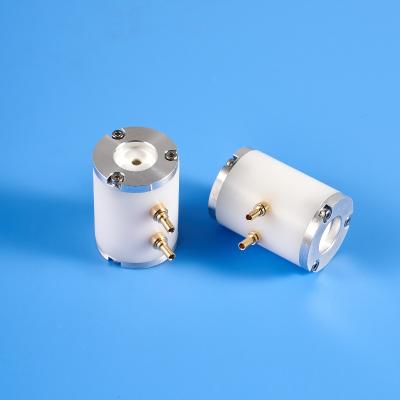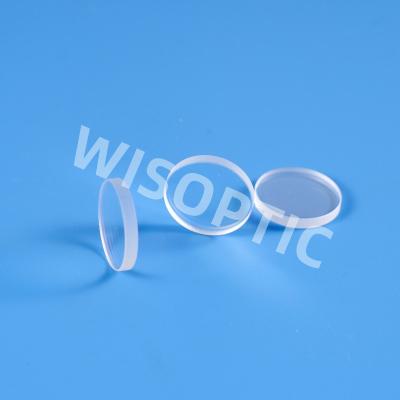Variation of the Refractive Index with Temperature and the Tuning Rate for KDP Isomorphs – Part 1
The variant of refractive indices with temperature is an essential crystal parameter in nonlinear optics. it is well known that the wavelength at which 90° phase-matched 2nd-harmonic era happens depends on temperature. the variation of this wavelength with temperature can be predicted with a understanding of the variant of the refractive indices with temperature and is cited on this paper because the tuning price. due to the fact that 90° segment-matched 2d-harmonic technology is typically greater green than angle-matched second-harmonic generation, the tuning price is a useful parameter to predict which wavelengths can be 90° segment matched over practical temperature levels. it is also widely recognized that the average energy restrict of a nonlinear interplay is dependent on the variation of the refractive indices with temperature. a expertise of the version of the refractive indices with temperature, in addition to a knowledge of the absorption coefficients and the thermal conductivity, allows the prediction of the common power restrict. the dimension of this parameter has been accomplished for some crystals, along with adp, kdp, kd*p (www.wisoptic.com) and cd*a. this paper repeats these measurements and extends the measurements to rdp, cda, rda, kda, and ada. in addition, the data are used to calculate the tuning rate for a lot of these crystals. the calculated tuning charge can be compared with the measured tuning rate.
2. The relationship between the variation of the angle of minimum deviation and the variation of the refractive indices with temperature depends on the orientation of the crystal prism with respect to the optic axis. This is explained in more detail in Section
3. The measured variation of the refractive indices with temperature for each the arsenates and the phosphates is likewise given in this phase. the refractive-index facts for those crystals are fitted to a one-pole sellmeier equation in section
4. The one-pole Sellmeier coefficients are then used to predict the fundamental wavelength at which 90° phase-matched second-harmonic generation occurs. In conjunction with the measured values of the variation of the refractive indices with temperature, the tuning rate is also predicted with the one-pole Sellmeier coefficients. Both these quantities are then compared with measured quantities, and reasonable agreement is found except for those cases in which a significant extrapolation beyond measured values was necessary. Finally, the results are summarized in Section 5.




